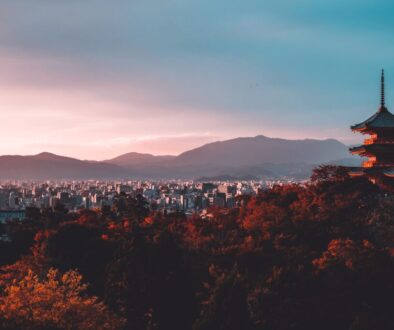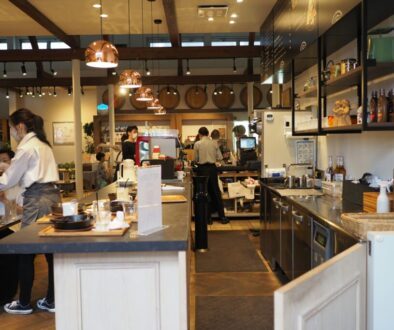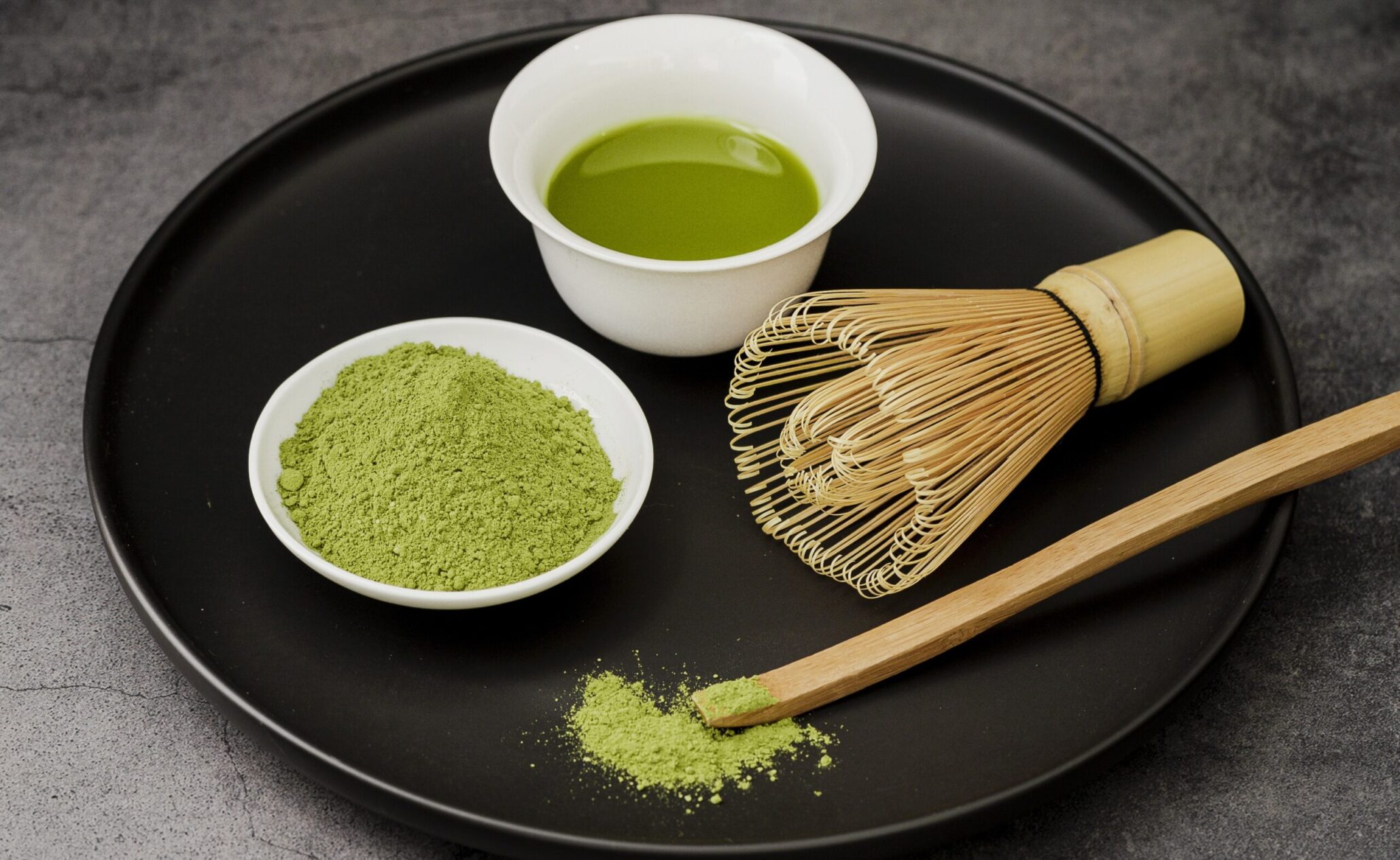
Few beverages have captured worldwide fascination quite like matcha powder. This finely ground green tea powder, known for its vivid color and earthy, umami-rich flavor, has made its way from traditional Japanese tea rooms to modern cafés and kitchens around the world. Whether you’re sipping a frothy matcha latte or whisking it ceremonially with a chasen, matcha represents more than a trend; it is a deep-rooted symbol of harmony, mindfulness, and craftsmanship.
If you’re a tea lover planning a trip to Japan, discovering matcha where it all began offers a rich understanding of its cultural importance. From the historic tea fields of Uji in Kyoto, where Japan’s highest-quality matcha originates, to the sleek tea cafés scattered throughout Tokyo, this guide will help you explore the heart of Japanese matcha culture.
Along the way, we’ll dive into its historical significance, the artistry of tea ceremonies, the many health benefits that have helped fuel its global rise, where to taste the best matcha, and how to take part of Japan’s tea tradition with you beyond your travels.
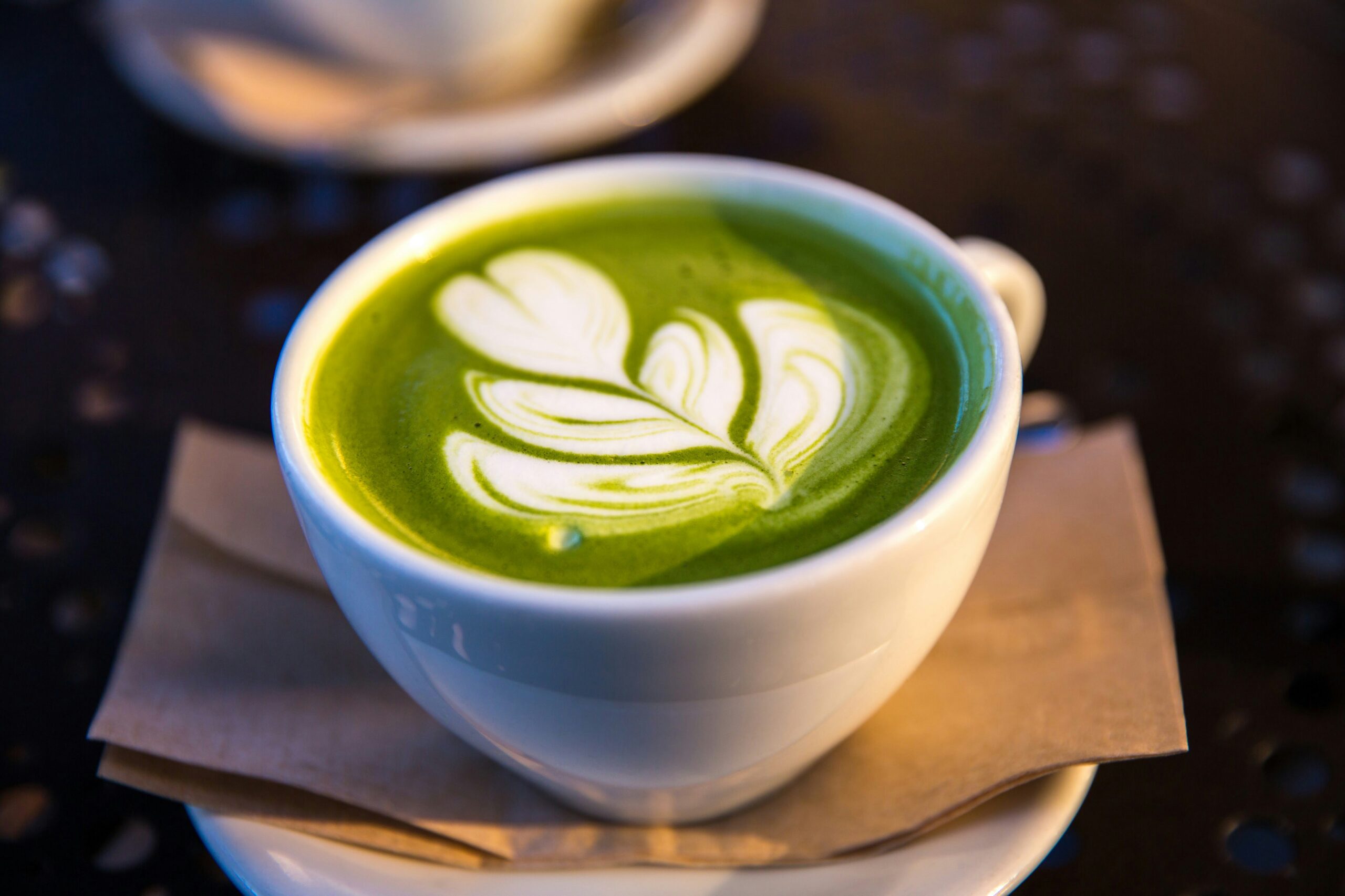
The Origins of Matcha
Matcha as we know it today was created in ancient China, where tea leaves were first ground into powder and used for ceremonial purposes during the Tang Dynasty. When this practice was brought to Japan in the 12th century by a Buddhist monk named Eisai, it found a new home and even deeper cultural meaning.
The powdered tea became closely associated with Zen Buddhism, serving as a source of calm and clarity during meditation. Over time, this evolved into Japanese tea ceremony, a ritual that emphasizes simplicity, mindfulness, and respect.
A key location in the story of matcha is Uji, a region in Kyoto Prefecture that is widely considered the birthplace of high-quality matcha. Uji’s ideal climate and fertile soil have made it the center of Japan’s tea cultivation for centuries. Skilled farmers in this area have passed down techniques for growing and processing tea that result in the rich, vibrant matcha known around the world today.
Although matcha originated in temples and traditional tea houses, its role has expanded significantly. Today, it is enjoyed far beyond Japan’s borders and appears in everything from lattes and smoothies to baked goods and skincare products.
What once served as a meditative aid for monks has become a global trend, appreciated both for its unique taste and numerous health benefits.
Want to learn more about the history of matcha? Check out THIS WEBSITE for more!

Matcha in Japanese Culture
Matcha holds a meaningful place in Japanese culture, especially through its role in the traditional Japanese tea ceremony known as chanoyu. This centuries-old ritual is deeply influenced by Zen Buddhism and emphasizes values such as harmony, respect, purity, and tranquility.
The preparation of matcha during the ceremony is highly intentional, with each movement and utensil reflecting Japanese aesthetics and mindfulness. The tea ceremony is not only about enjoying matcha but also about creating a peaceful and reflective experience for both the host and the guest.
In modern Japan, matcha has also become a familiar part of daily life. It is widely available in convenience stores, where you can find matcha-flavored snacks, candies, and bottled drinks.
Matcha is often paired with traditional Japanese sweets called wagashi, offering a perfect balance between the tea’s natural bitterness and the sweetness of the confections. In cafes, matcha lattes and desserts like cakes, parfaits, and ice cream are popular choices.
This blend of tradition and modern convenience highlights matcha’s unique ability to bridge cultural heritage with everyday enjoyment.
Health Benefits of Matcha
Matcha powder is rich in antioxidants, especially a powerful catechin called EGCG, which is known for its anti-inflammatory and immune-supporting properties. Because the whole tea leaf is consumed, matcha provides far more antioxidants than regular green tea.
Matcha powder also offers a balanced boost of energy thanks to the combination of caffeine and L-theanine. This duo promotes alertness while supporting calm focus, making matcha a great choice for sustained mental clarity without the crash you may get after consuming coffee.
Matcha may also aid in detoxification and support metabolism. Its high chlorophyll content helps flush out toxins, while studies suggest it can help enhance fat burning.
With benefits rooted in both tradition and modern science, matcha continues to be a smart addition to a healthy lifestyle.
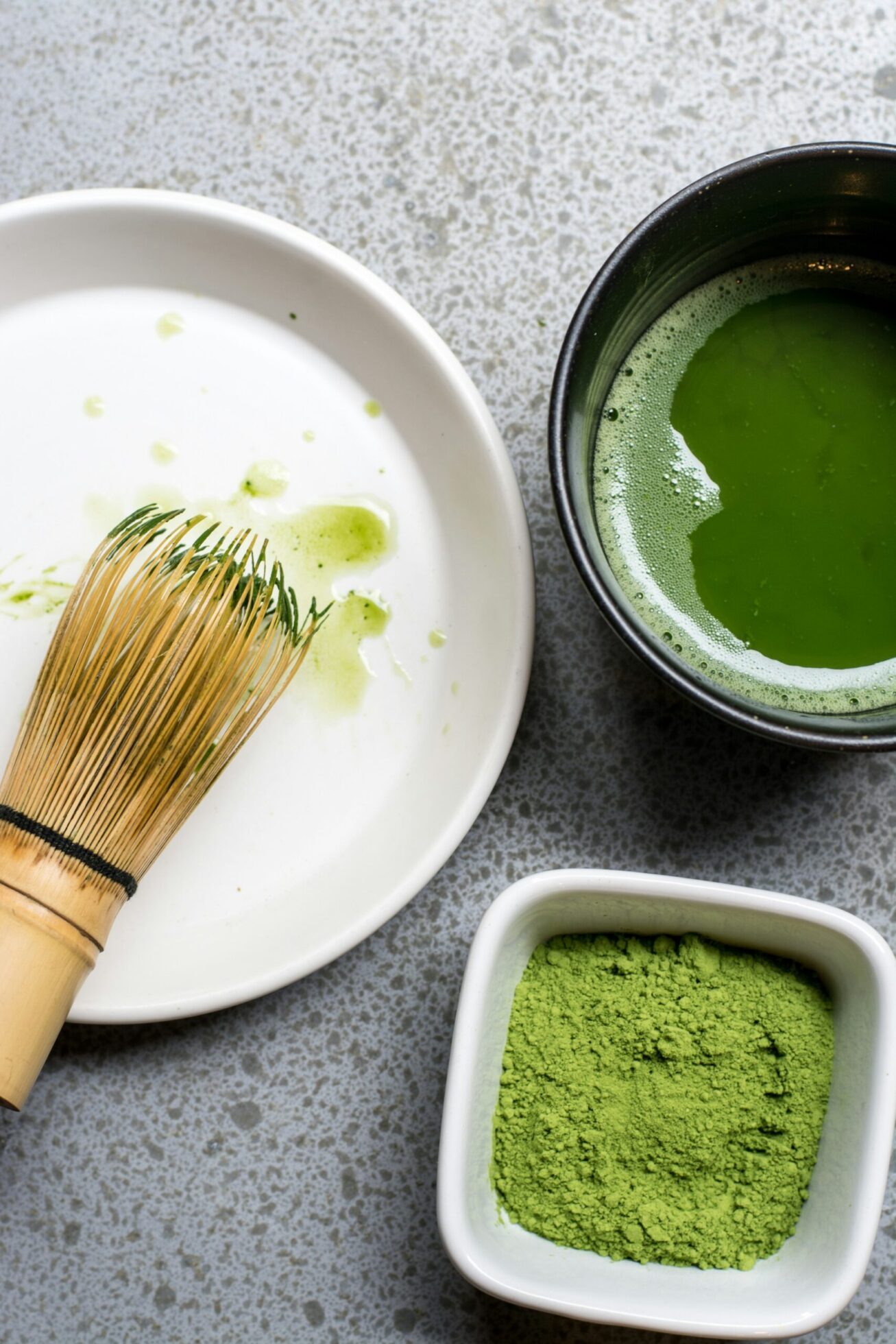
Matcha Travel Guide Uji
For matcha lovers visiting Japan, Uji in Kyoto Prefecture is a must-see destination. Known as the birthplace of high-quality matcha, Uji offers a rich blend of history, culture, and flavor. Visitors can explore scenic tea fields, take part in tea-picking experiences, and enjoy guided matcha tasting tours that highlight the region’s unique cultivation methods.
While in Uji, be sure to stop by historic tea houses such as Nakamura Tokichi, which has been serving matcha since the 1800s. Many tea houses offer beautifully crafted matcha desserts, including matcha soft cream and matcha soba noodles. From traditional tea ceremonies to modern matcha treats, Uji offers an unforgettable journey into Japan’s tea culture.
To truly experience the heart of matcha culture, be sure to visit these highlights in Uji known for their tradition, taste, and tea expertise:
Nakamura Tokichi
Founded in 1854, Nakamura Tokichi is one of Uji’s most iconic tea houses and a must-visit for anyone exploring Japan’s matcha culture. Known for its elegant atmosphere and centuries-old expertise, the tea house offers visitors a refined introduction to high-quality Uji matcha.
Whether you choose to enjoy a traditional tea set or indulge in their beautifully crafted matcha parfaits and soba noodles, every dish is made with care and premium ingredients sourced from local tea fields.
The attached shop is also a great place to purchase ceremonial-grade matcha powder and tea-related gifts, making it a perfect stop to both savor and bring home a piece of Uji’s tea legacy.
Visit Nakamura Tokichi HERE!
Can’t come to Japan yet but still want to buy premium matcha powder from Japan? Check out Nakamura Tokichi’s global online store HERE.
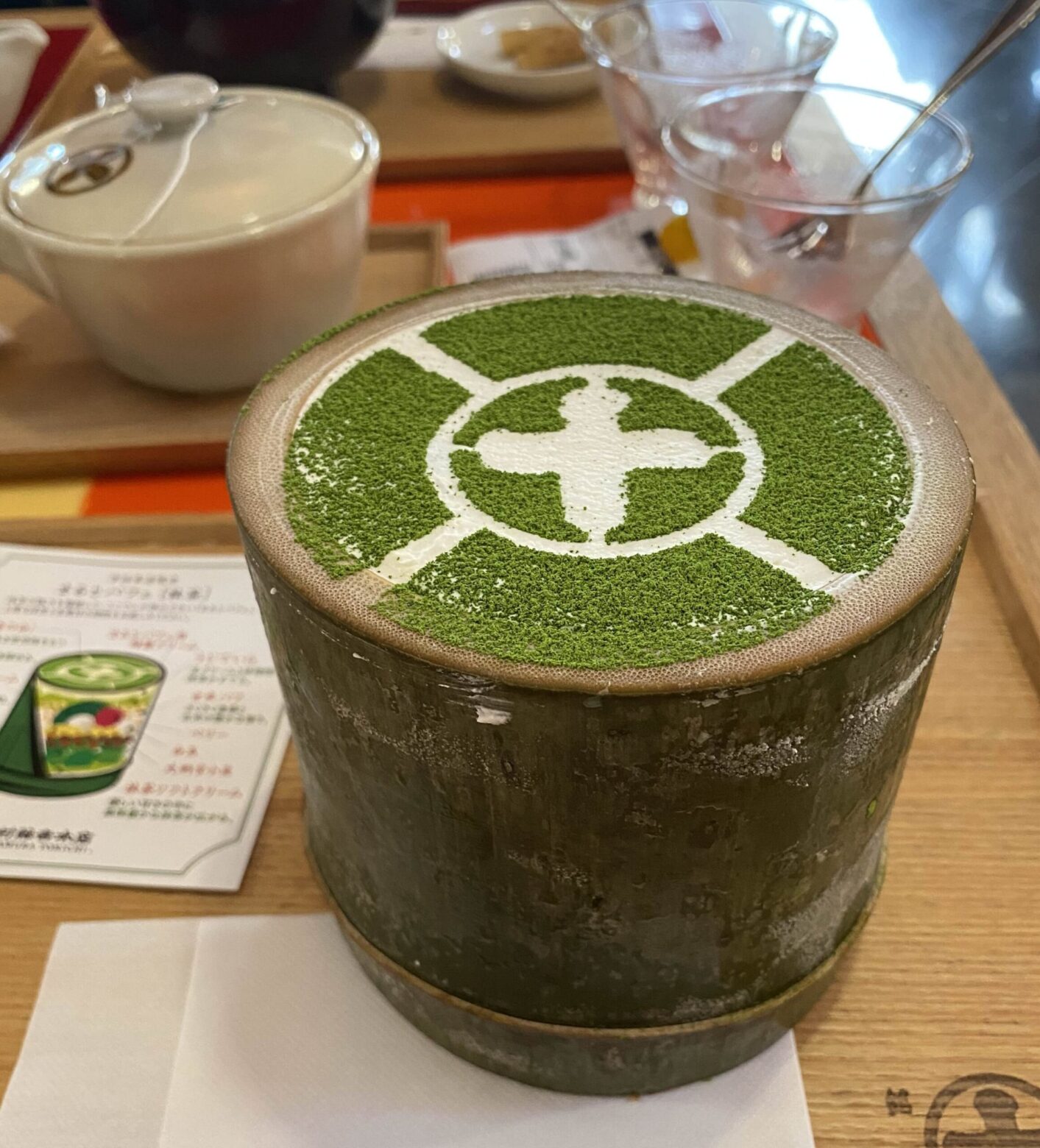
Itoh Kyuemon
With nearly two centuries of tea-making tradition, Itoh Kyuemon is a beloved Uji-based tea house that specializes in premium matcha and elegant Japanese sweets. Established in 1832, this historic shop is known for its commitment to quality, sourcing top-grade tea leaves from the fertile Uji region. Visitors can enjoy a variety of matcha-infused delights—from rich soft-serve ice cream to seasonal wagashi—each crafted to highlight the smooth umami flavor of authentic Uji matcha.
In addition to its cozy café, Itoh Kyuemon also has a beautifully curated retail space offering ceremonial and culinary grade matcha powders, perfect for bringing a taste of Uji home. With locations in both Uji and Kyoto Station, it’s an accessible and memorable stop for anyone looking to experience matcha at its finest.
Visit Itoh Kyuemon HERE.
Learn more about it at the official Kyoto Tourism website.
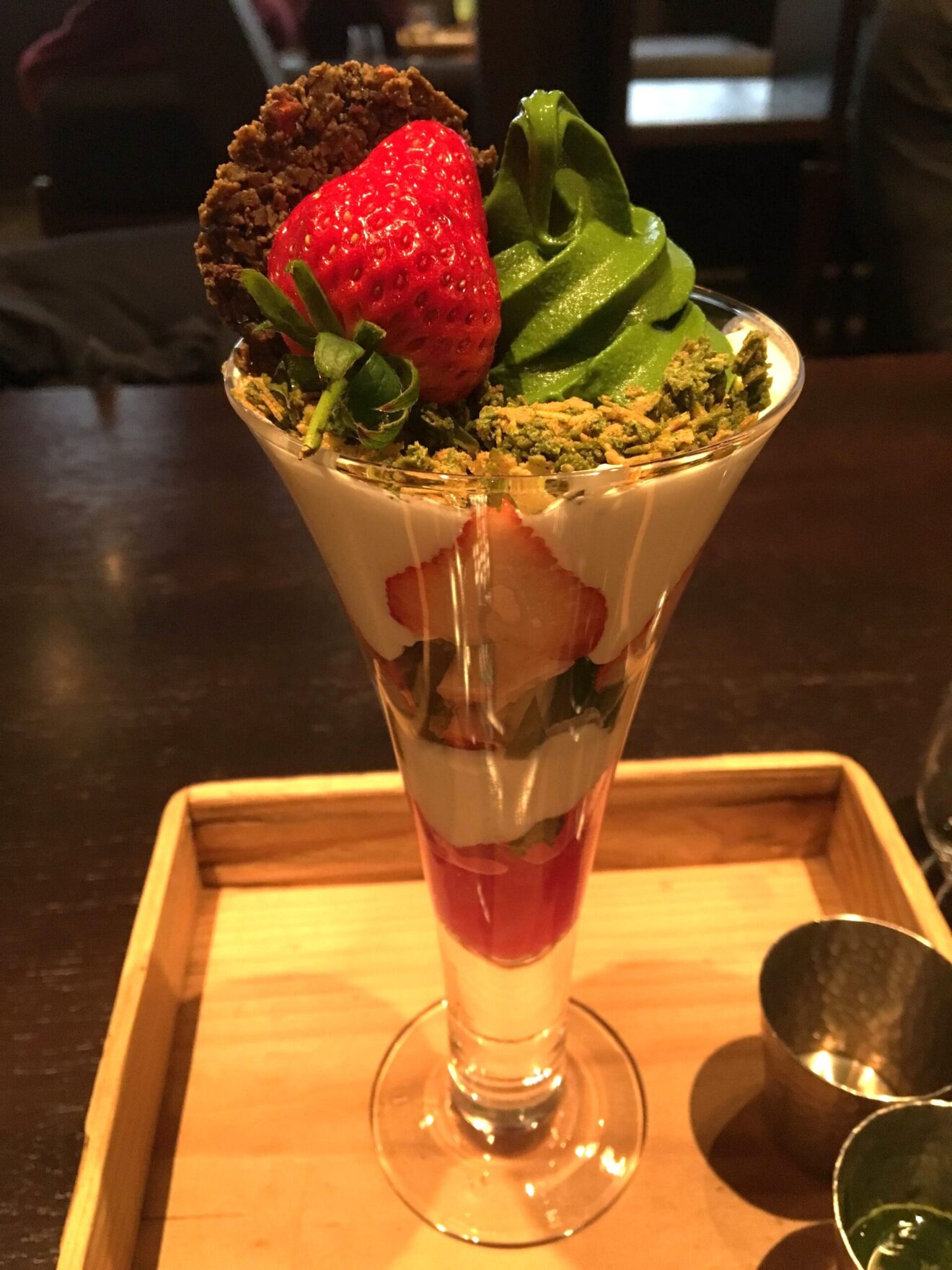
Tsujiri Hei
Tsujiri Hei in Uji is a must-visit destination for anyone passionate about high-quality matcha. With a legacy that spans generations, Tsujiri Hei is known for its dedication to traditional tea-making techniques and its use of premium Uji matcha. The serene atmosphere of the shop and attention to detail make it an ideal stop for travelers looking to enjoy matcha at its finest.
The matcha parfaits that they serve here are truly the standout choice. These beautifully layered desserts includes rich matcha ice cream, matcha jelly, and sweet red beans, offering the perfect balance of bitterness and sweetness. If you prefer a more traditional matcha experience, try the usucha (thin matcha) or koicha (thick matcha), both served with seasonal wagashi. Every item on the menu highlights the deep umami and vibrant flavor that make Uji matcha so popular among tea enthusiasts.
Want to visit Tsujiri Hei? Check it out HERE!
Check out their official English website HERE.
d:matcha Kyoto Tea Farm Tour
Looking to visit an actual matcha tea farm and learn the art of tea cultivation? A visit to the d:matcha Kyoto tea farm in Wazuka, Kyoto is the perfect way to connect with the roots of Japanese green tea culture. Nestled among lush rolling hills, this family-run farm offers immersive experiences including hands-on harvesting, traditional tea processing demonstrations, and guided tours of tea fields. With expert farmers sharing insights into shade-growing techniques and careful leaf selection, visitors gain a deeper appreciation for what makes Uji and Wazuka matcha so exceptional.
After exploring the fields and processing facilities, refresh with a freshly prepared matcha tasting made from leaves grown on-site. Pair your tea tasting with a light wagashi sweet to highlight the balance of bitterness and sweetness. Visiting d:matcha Kyoto tea farm in Wazuka is not only educational but also a delightful sensory journey for matcha lovers wanting to understand the story behind every cup.
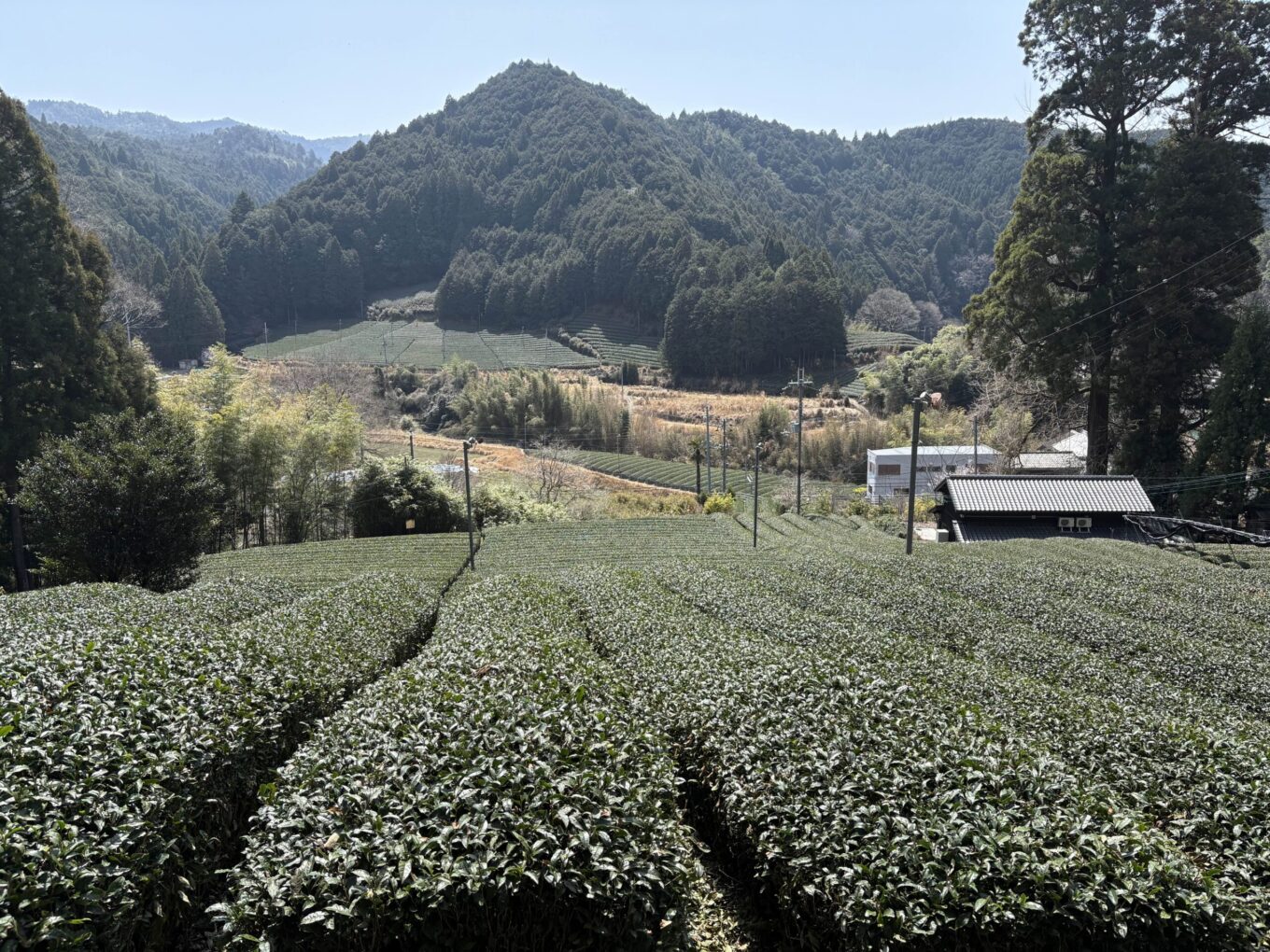
Experience Matcha in Kyoto City
Kyoto City is a top destination for matcha enthusiasts looking to immerse themselves in authentic Japanese tea culture.
The historic districts of Gion and Higashiyama offer traditional tea ceremony experiences at renowned tea houses, which we will list below. These venues provide visitors with the chance to learn the delicate art of preparing and savoring matcha in a peaceful, historic setting surrounded by classic wooden architecture and beautiful gardens. It is recommended to book your tea ceremony experience in advance, especially during peak tourist seasons.
Where to buy the best matcha powder in Kyoto
Ippodo Tea
Ippodo Tea in Kyoto is one of Japan’s most renowned tea purveyors, celebrated for its premium matcha powder sourced from the famed Uji region.
Founded in 1717, Ippodo has over 300 years of expertise in crafting high-quality Japanese green teas, offering a wide range of matcha grades for both beginners and tea connoisseurs. Known for its vibrant color, smooth umami flavor, and meticulous quality control, Ippodo is a go-to destination for authentic matcha.
Visitors to its Kyoto flagship can enjoy expertly prepared tea in the Kaboku Tearoom and shop for traditional teaware, making it a must-visit spot for matcha lovers.
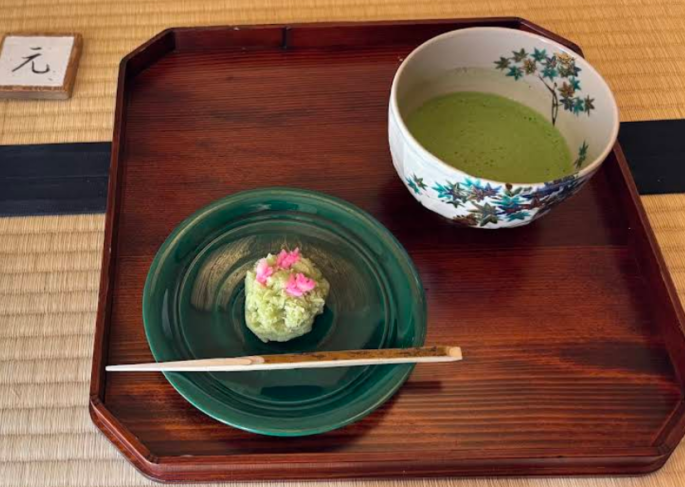
Marukyu Koyamaen
Marukyu Koyamaen is a prestigious Uji-based tea producer with over 300 years of history, renowned for crafting some of the finest matcha in Japan. Supplying tea to top tea ceremony schools and connoisseurs, the company offers a range of premium matcha powders known for their deep umami flavor, vibrant color, and smooth finish.
Though their main facility is in Uji, Marukyu Koyamaen matcha can be found in select Kyoto shops and department stores, making it accessible to visitors seeking authentic, high-grade tea. For those serious about matcha quality, Marukyu-Koyamaen is a top choice in Kyoto.
Looking for more premium quality matcha powder but not making the stop to Uji? No worries, many of the flagship matcha shops in Uji also have stores in Kyoto:
Matcha Sweets in Kyoto
Gion Tsujiri
Located in Kyoto’s historic Gion district, Gion Tsujiri is a beloved matcha shop known for combining high-quality Uji matcha with beautifully crafted sweets and desserts.
Established in 1860, the shop offers a range of premium teas alongside indulgent treats like matcha parfaits, soft serve, and mochi, all made with rich, aromatic green tea. Its central location and focus on delivering an authentic yet accessible matcha experience make Gion Tsujiri a must-visit for anyone looking to enjoy both the traditional and modern sides of Kyoto’s tea culture.
Visit their official site HERE.
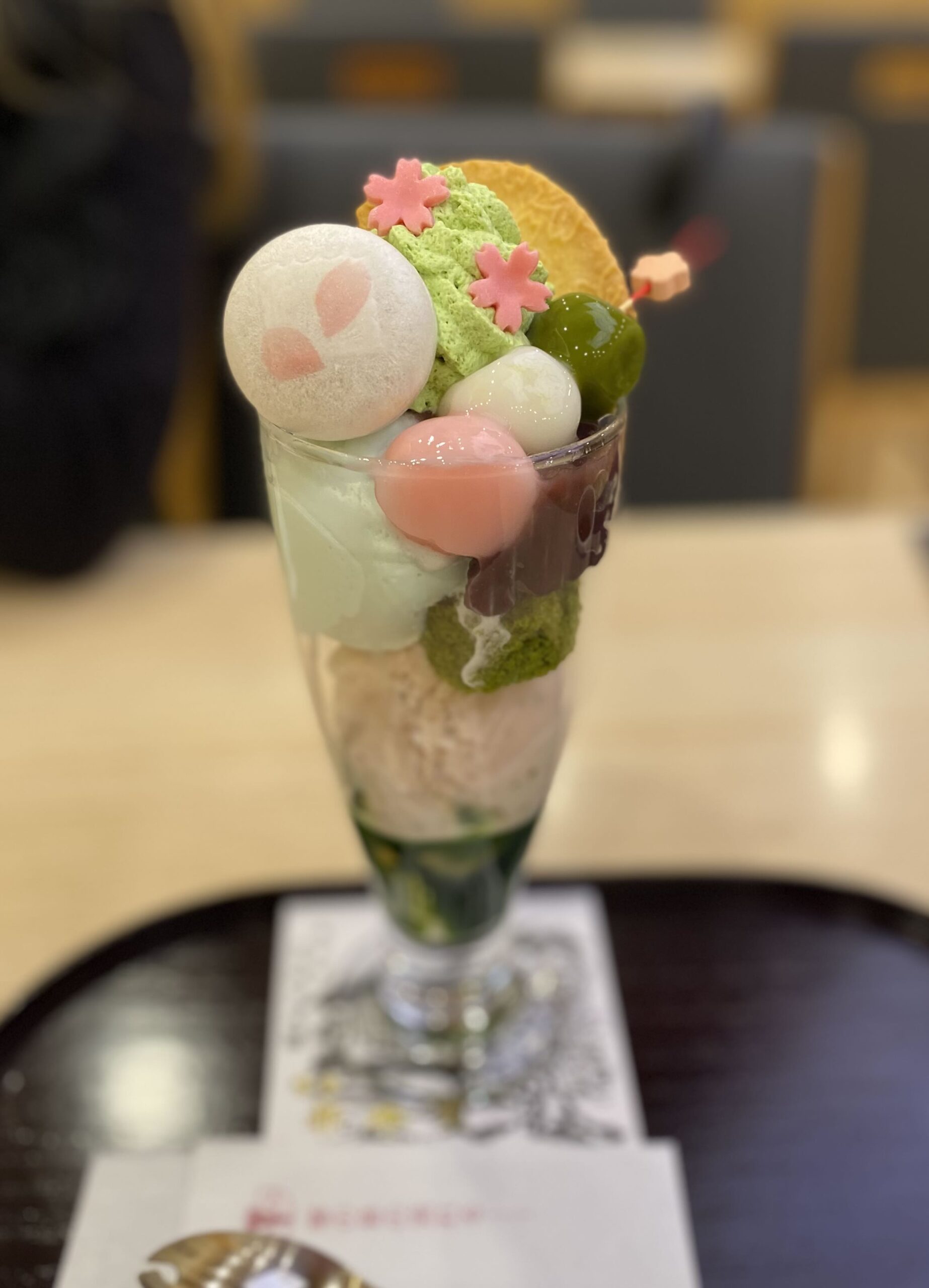
Saryo Suisen
Saryo Suisen is a serene, elegant sweets café that elevates Uji matcha into exquisite desserts and beverages. Known for using only the highest-grade Uji matcha in abundance, they craft signature treats like matcha warabi mochi, rich matcha parfaits, and matcha Mont Blanc. All of these are served in a calming, tea-room‑style setting that embodies “Kyō no omotenashi” (Kyoto hospitality).

Gion Komori
Gion Komori is a charming, former teahouse located in Kyoto’s picturesque Gion district along the Shirakawa River. Here, they serve exquisite Uji matcha sweets in a serene tatami-room setting. Specializing in handcrafted desserts, like their famous matcha parfaits and elegant anmitsu, the café uses top‑quality ingredients.
With ingredients made in‑house each morning and the soothing backdrop of flowing water, Gion Komori is a top pick for matcha lovers seeking an authentic and peaceful Kyoto tea‑time experience.
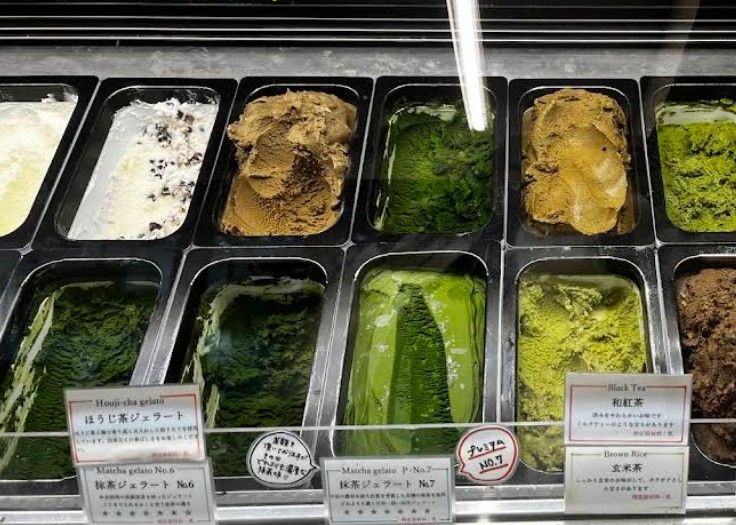
Nanaya
If you’re looking for some matcha ice cream, then Nanaya is a must-visit destination. Known for serving some of the world’s richest matcha ice cream, Nanaya offers gelato in seven intensity levels, with level 7 delivering a deep, bold flavor made from premium Uji matcha. Each scoop is smooth, vibrant, and crafted to highlight Kyoto’s rich tea culture. Whether you’re a casual matcha fan or a serious enthusiast, Nanaya offers a uniquely delicious taste of Japan’s green tea tradition.
Whether you want to experience a traditional tea ceremony or bring home the best matcha products, Kyoto City offers a rich and flavorful journey into Japan’s tea culture.
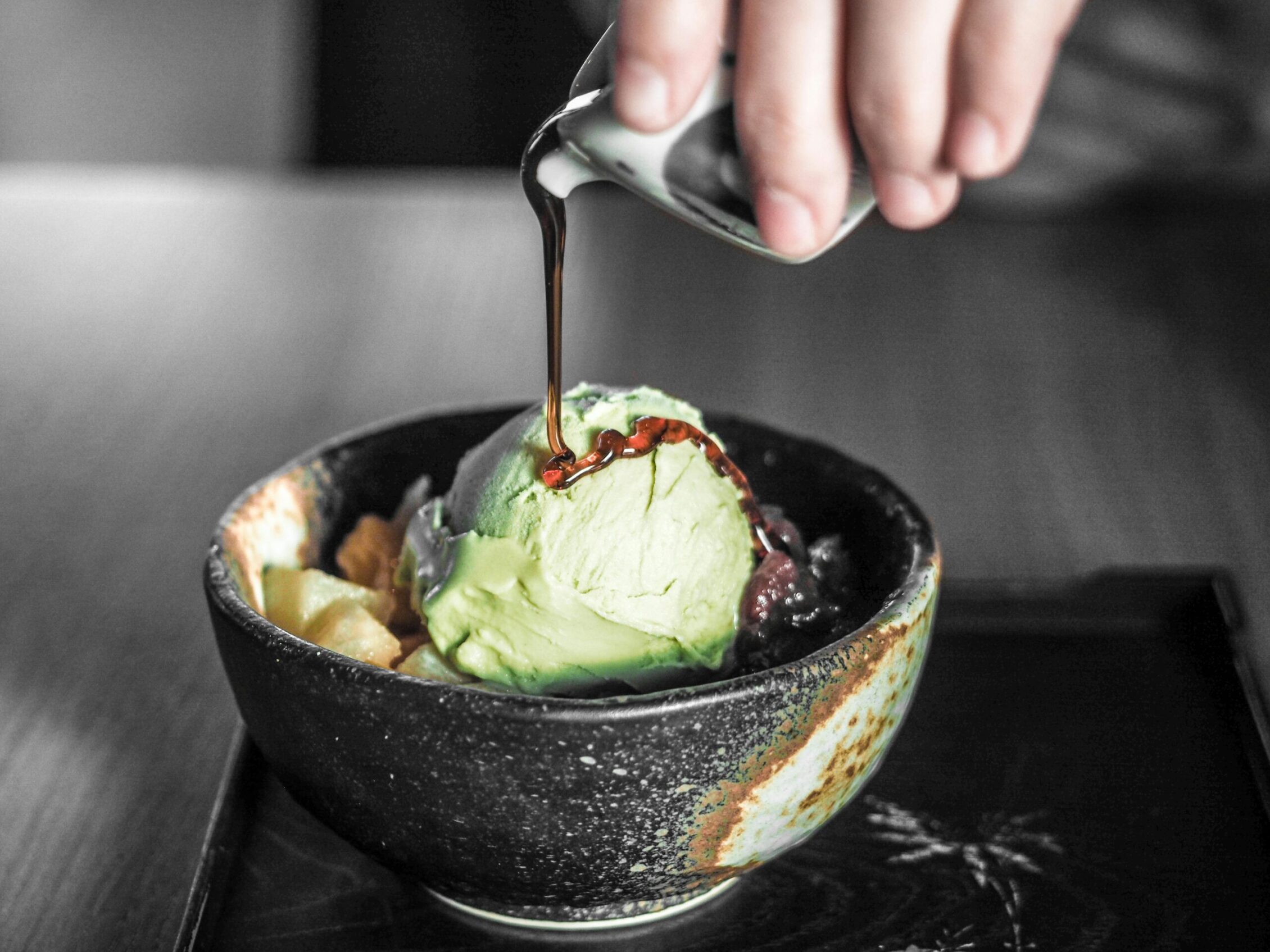
Tokyo Best Matcha Cafes
Kyoto isn’t the only paradise for matcha lovers. Tokyo is another must-visit location that offers countless cafés and stores that specialize in high-quality Japanese green tea. From modern dessert bars to traditional tea houses, you’ll find beautifully crafted matcha lattes, parfaits, and wagashi (Japanese sweets) throughout the city.
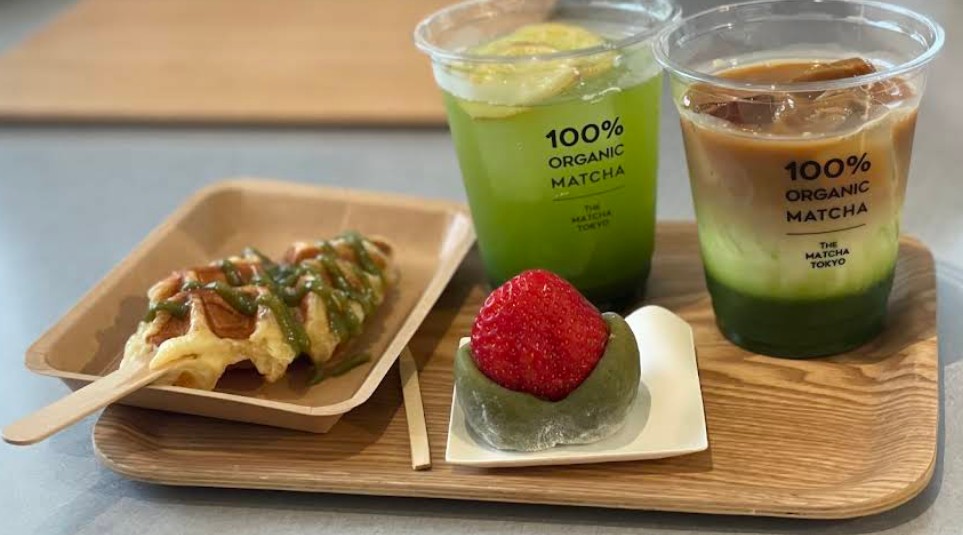
The Matcha Tokyo (Omotesando, Shibuya, Shinjuku)
The Matcha Tokyo is a sleek minimalist café that offers 100% organic, single-origin matcha. They have locations all throughout Tokyo, including locations in Omotesando, Shibuya, and Shinjuku.
Popular drinks here include matcha lattes, matcha smoothies, and pure matcha with no sugar or milk added. They also serve delicious matcha sweets to go with the drinks, like matcha cookies and matcha soft serve.
Check out their global online store for some great matcha powder!
IPPUKU&MATCHA (Nihonbashi)
For a luxurious matcha experience IPPUKU&MATCHA is a must-visit. Located in Nihonbashi, this lavish cafe serves single-estate Uji matcha that is stone-ground in-house at low volume for maximum flavor.
Their most famous drinks are their double or triple matcha lattes. They also serve matcha-infused alcoholic drinks, like matcha beer or matcha plum wine, so they are a perfect place to visit for a matcha fix in the evenings.
For a more private experience, make sure to book their Secret Tearoom in advance (4 people max) to experience the true luxury of single-origin Uji matcha.
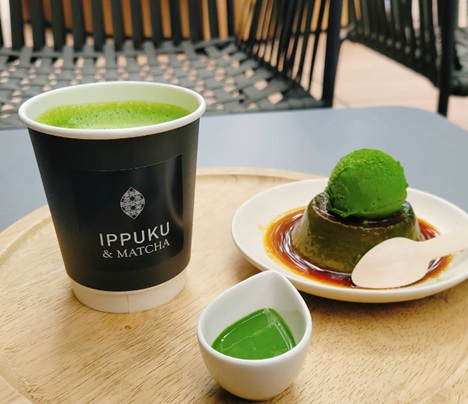
Susukien Asakusa
Suzukien Asakusa is famous for its matcha gelato, offering seven levels of intensity from mild to ultra-rich. Level 7 is known as the strongest matcha ice cream in the world, made with premium Uji matcha for a bold, earthy flavor and smooth texture. A favorite among matcha enthusiasts, this shop blends traditional Japanese tea culture with a fun, flavorful twist.
Kagurazaka Saryo
Tucked away in the charming neighborhood of Kagurazaka, Kagurazaka Saryo offers a serene escape with beautifully crafted matcha desserts. This café serves treats like matcha fondue, matcha Mont Blanc, and rich matcha lattes.
The peaceful atmosphere, paired with refined Japanese sweets, makes it a perfect spot to enjoy a quiet moment and experience matcha in a more refined, seasonal style.
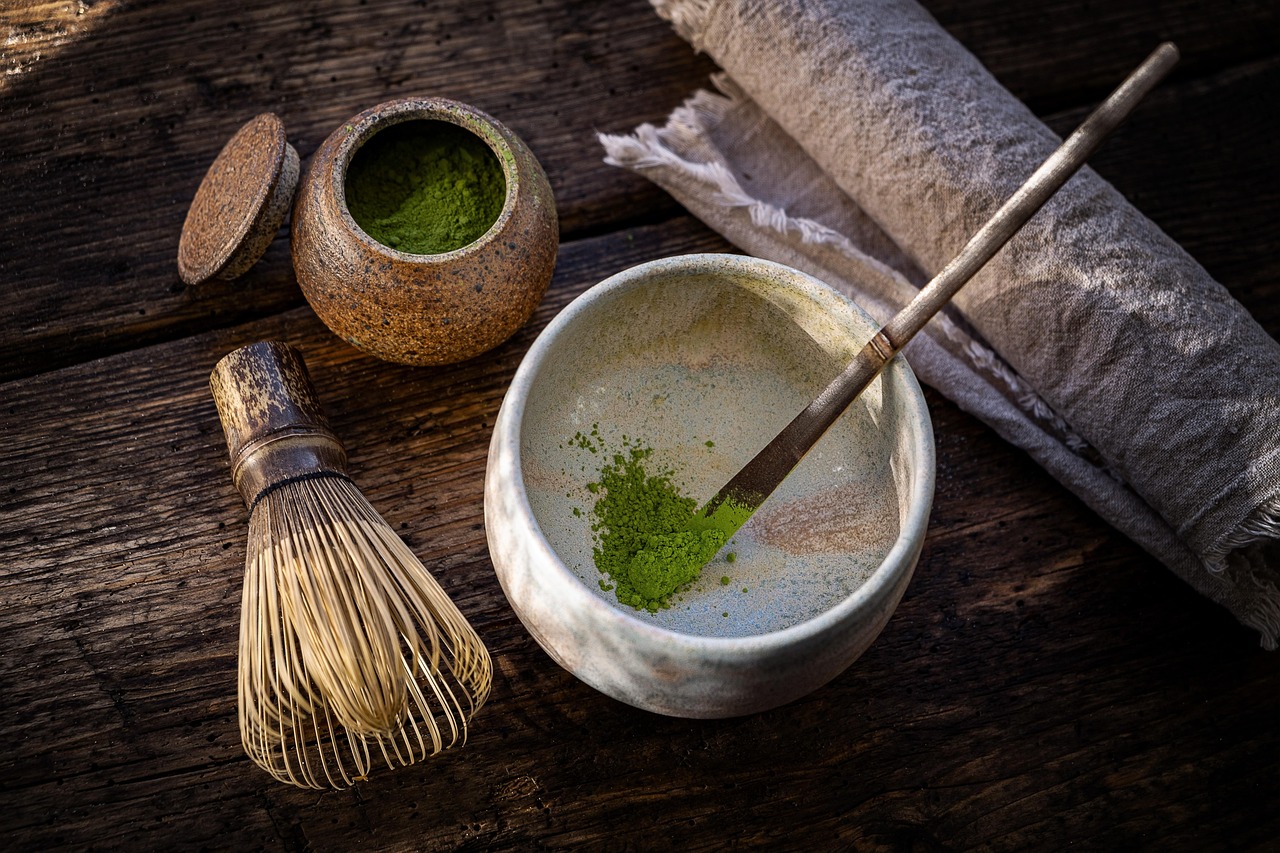
Other Notable Matcha Regions in Japan
While Kyoto is often considered the heart of Japan’s matcha culture, several other regions also offer rich and unique green tea experiences worth exploring.
Shizuoka: Japan’s Leading Green Tea Producer
Shizuoka Prefecture, located along the Pacific coast, is Japan’s largest producer of green tea. While it’s more famous for sencha than matcha, the region’s high elevation, misty climate, and mineral-rich soil also yield excellent matcha-grade leaves.
Visitors can tour tea plantations, enjoy tea tastings with a view of Mt. Fuji, or join hands-on experiences like tea picking and matcha grinding. Shizuoka’s deep-rooted tea culture and innovation in tea farming make it a must-visit for those interested in where Japan’s finest tea leaves begin their journey.
Nara and Kanazawa: Underrated Gems for Tea Lovers
- Nara, Japan’s ancient capital, has a long history with tea. As the home of some of the country’s oldest temples, Nara was among the first regions to adopt tea practices introduced from China.
- Kanazawa, on the other hand, offers a refined and artistic take on Japanese tea culture. Known for its beautifully preserved samurai and geisha districts, the city pairs Kaga-bocha (roasted stem tea) with local matcha sweets, often served in centuries-old teahouses.
Together, these lesser-known destinations offer a quieter, more intimate look at Japan’s rich tea heritage, which makes them perfect for travelers looking to go beyond the usual matcha hotspots.
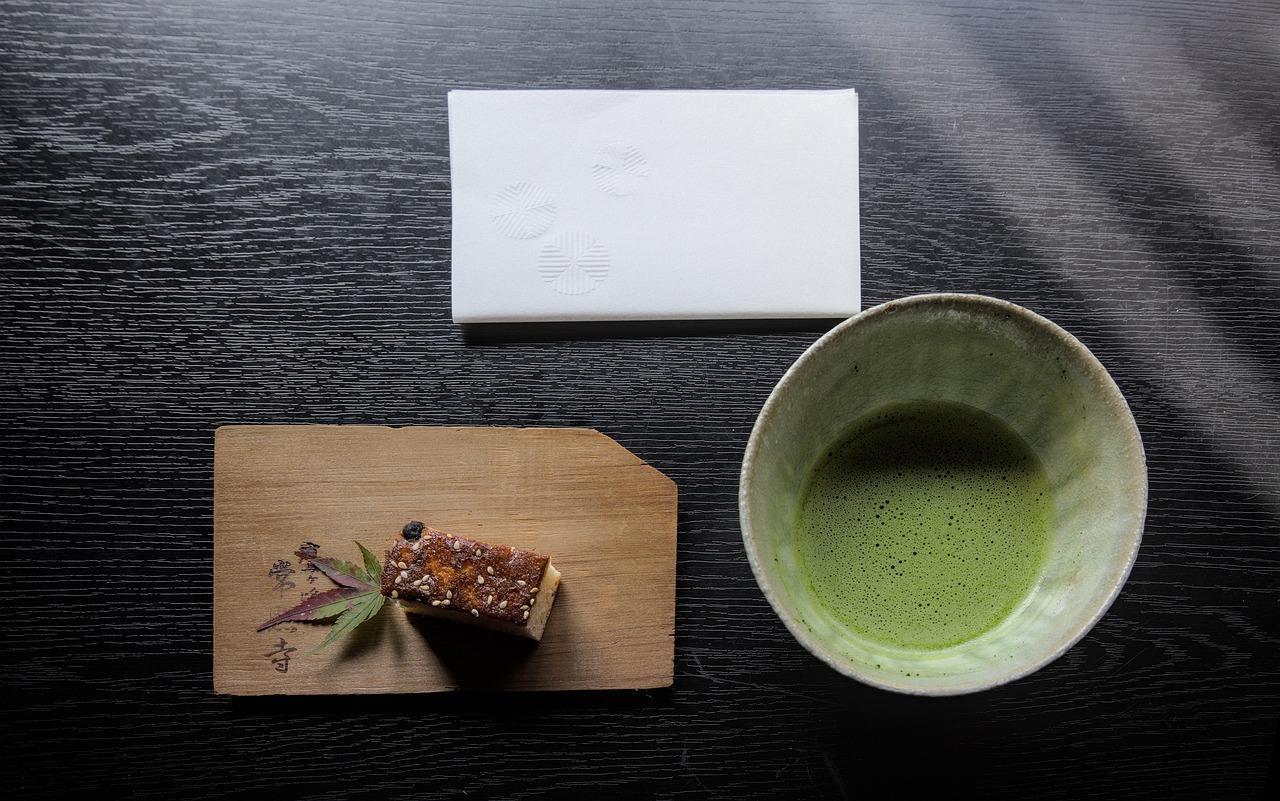
How to Enjoy Matcha Like a Local
Exploring matcha in Japan is not just about tasting it, but also about understanding the culture behind the cup. Here’s how to appreciate matcha like a local, from etiquette to selecting high-quality powder.
Matcha Etiquette
In a traditional Japanese tea ceremony, matcha is prepared with precision and served in silence, following centuries-old rituals. Guests bow, rotate the bowl before sipping, and drink the matcha in a few thoughtful gulps. It’s a deeply respectful, meditative experience.
In contrast, matcha served at modern cafes is more casual. You might enjoy it as a latte, in ice cream or gelato, or even in a cake. It is often customized with milk, sugar, or toppings. While the setting is more relaxed, many locals still appreciate when visitors show interest in the tea’s origin and flavor profile.
Choosing Quality Matcha Powder: Ceremonial vs. Culinary Grade
Understanding the difference between ceremonial grade and culinary grade matcha is key.
- Ceremonial grade matcha is made from the youngest tea leaves, stone-ground for a smooth, vibrant green powder with a naturally sweet, umami-rich taste. It’s ideal for drinking with hot water and is used in tea ceremonies.
- Culinary grade matcha is more robust and slightly bitter, designed to pair well with other ingredients. It’s perfect for baking, smoothies, and matcha-flavored desserts.
When shopping for matcha powder, make sure to buy the appropriate grade and quality based on what you will use the matcha for. When using matcha simply in hot water, look for words like “first harvest,” “stone ground,” or “Uji/Shizuoka origin” for top-tier ceremonial matcha. When using matcha in lattes or sweets, you can use culinary grade matcha, since the intricate and deep taste of the ceremony grade matcha will be lost in these kinds of preparation.
Buying Tips: What to Look for and Where to Shop
To find high-quality matcha in Japan, visit specialty tea shops or regions known for tea production like Kyoto, Uji, and Shizuoka.
Make sure to look for:
- Bright green color (dull or yellowish matcha often indicates lower quality)
- Origin (Uji, Nishio, or Shizuoka are reliable regions)
- Harvest date (fresher is better)
- Packaging that protects from light and moisture
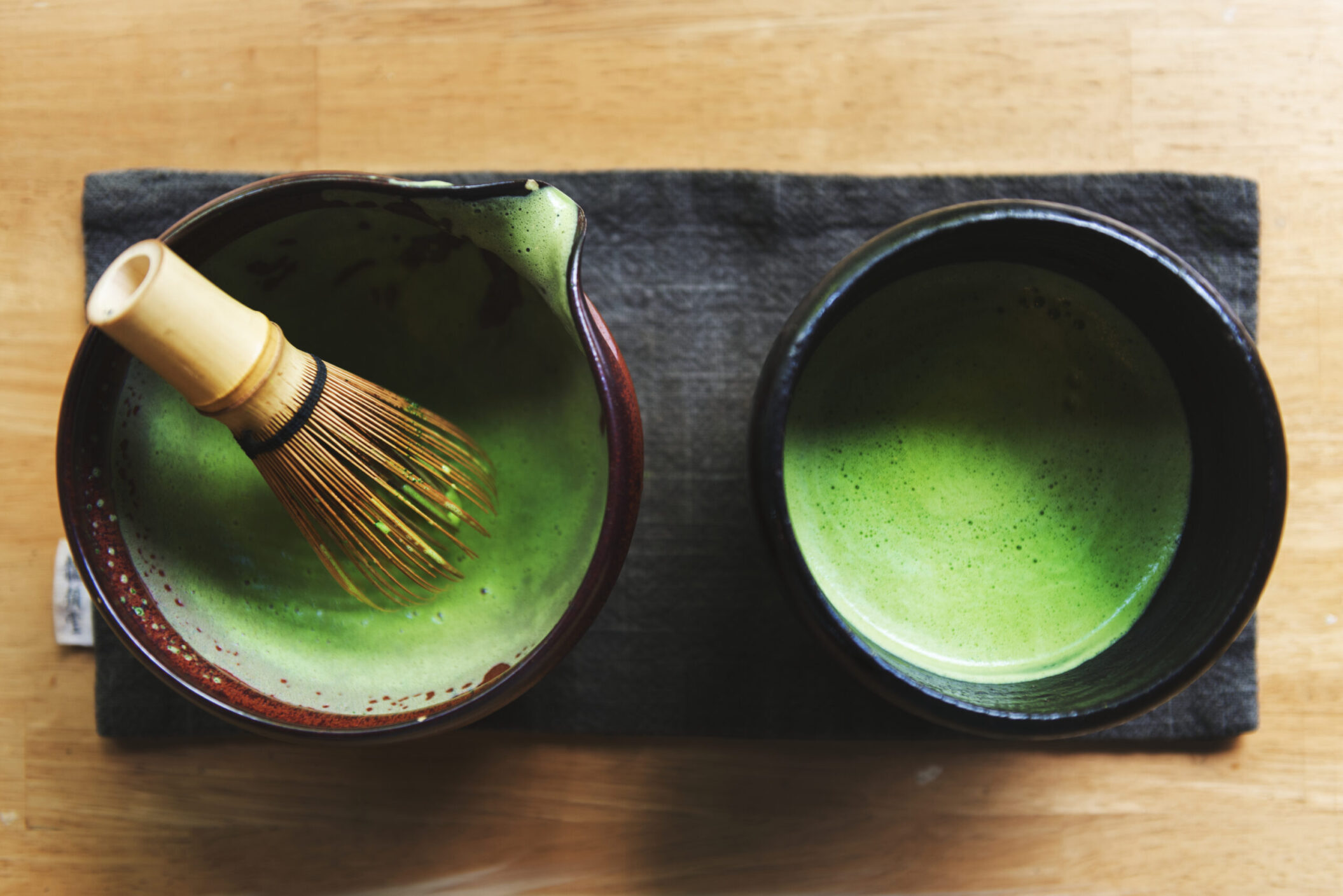
Japan, the Ultimate Matcha Destination
There is no better place to explore matcha than Japan, where tradition, quality, and innovation come together. From the tea fields of Uji to the stylish cafés of Tokyo, Japan offers an unmatched opportunity to experience matcha at its source. Whether you’re learning tea ceremony etiquette, tasting artisan sweets, or browsing department store food halls, every stop reveals a new layer of matcha’s cultural richness.
By learning how to enjoy matcha like a local, understanding what makes quality powder, and exploring where to taste the best, you gain more than a souvenir. You carry home a deeper appreciation for Japanese tea culture. Wherever your matcha journey takes you, let it be a flavorful reminder of the beauty found in simplicity, ritual, and attention to detail.
Interested in learning about incredible sightseeing locations around Japan? Make sure to check out our other blog posts, such as our guide to the Nishiki Market, the history of Fushimi Inari, and an itinerary for 3 full days in Kyoto.
We also run food tours in Kyoto, Tokyo, and Osaka, so be sure to put those on your itinerary when you come to Japan!

